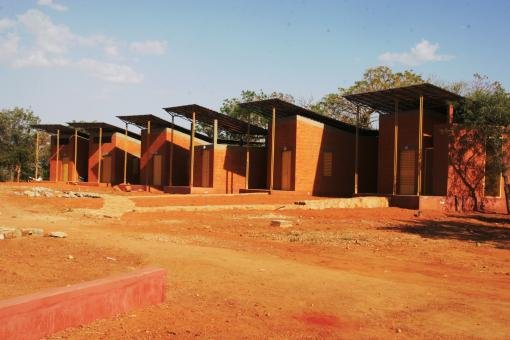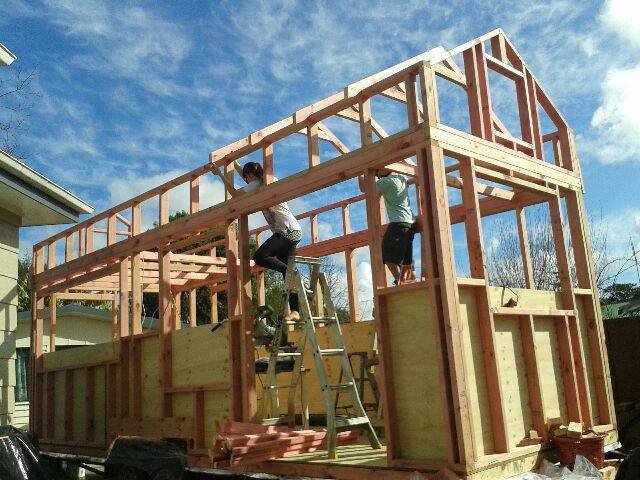Many of today's laws appear to be at odds with true human progress. In my field of study, I have seen endless codes and regulations which are in pure contradiction to what it means to be a part of such a field. I am of course talking about architectural code, particularly in the United States. Code is so restrictive, that the potential of new materials and methods is being suffocated.
Bamboo House, Bali. Elora Hardy.
This house was built by a woman who quit her job in the United States in order to design sustainable bamboo houses in Bali. This completely original and super strong design is "impossible" to build in the United States, even though it kicks butt.
Be more like Elora.
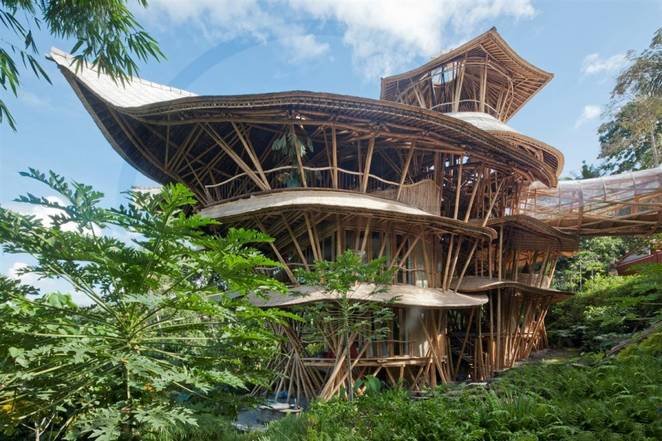
Take this job and shove it.
Many architects grow increasingly disheartened in their field because of the oppressive force of building regulations. I felt this force even while studying architecture at the University of Southern California. While we are inspired to exercise our creative minds and dream of new and innovative ideas, architectural codes literally make it impossible to carry out most of our dreams. Many people leave the field once they realize that they cannot truly express themselves or help people, as sound as their building designs may be.
I thought many times that I would quit architecture due to the unfairness of the system, but there is much to be done in this field in order to give architecture back to its inhabitants. My series on "Anarchist Architecture' grew out of a desire to educate and eventually empower to people to build and form their own communities in the absence of government control.
PART ONE PART TWO PART THREE PART FOUR

Why does code even exist?
Architectural code as we know it has only existed for about 400 years. For the majority of our existence, humans have generally been able to build anything they wanted as long as they could afford the time, energy and resources. I have oversimplified this idea but it almost always holds true, particularly in underdeveloped countries.
Code exists for the same reasons "law" is enforced in the world.
- To provide safety to its inhabitants.
- To punish its violators.
Now lets get specific about what architectural code regulates.
- Structure
- Placement
- Size
- Usage
- Wall assemblies
- Floor Assemblies
- Roof structures
- Energy efficiency
- Stairs and halls
- Mechanical
- Electrical
- Plumbing
- Lighting
- Fixture
- Occupancy Rules
- Fire safety
- Earthquake safety
- Flood safety
- Parking and traffic
- Handicap access
- Qualifications of individuals.
These area reasonable things to regulate. I would agree that safety is the number one issue that needs to be resolved in a building, but the extent to which these aspects are enforced can get a bit ridiculous. Building departments are making millions of dollars enforcing rules which in many cases should be irrelevant.
Say you design a building for yourself which is structurally sound, fireproof, earthquake proof, and pretty much as perfect as any building could get, but your walls are constructed with non-code recycled materials. YOU LOSE.
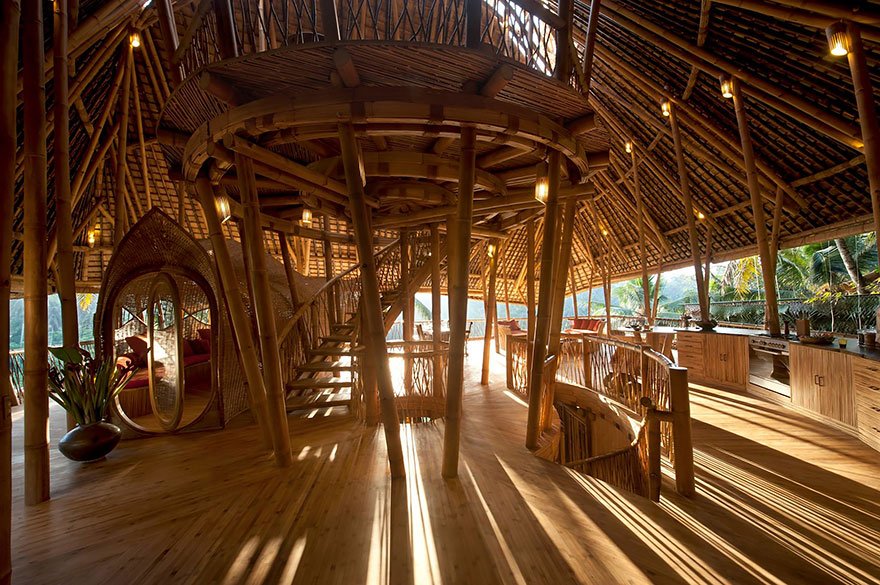
This is one of the biggest beefs i have with the code. The use of many materials is prohibited, even though they might be as strong or stronger than what the code allows. Like I mentioned before, the bamboo designs of Elora Hardy are impossible to build in the United States due to perceived "flaws". This building would also get shafted for not providing handicap access (even if unnecessary for its inhabitants) not providing adequate parking, not providing a proper road for a firetruck to pull in, exceeding the height limit etc.
Let us take our own risks.
I agree with the fact that most people are not trained or educated in construction. We would absolutely not want them to design a skyscraper because it would surely fall with the flow of the wind. But my focus is on housing.
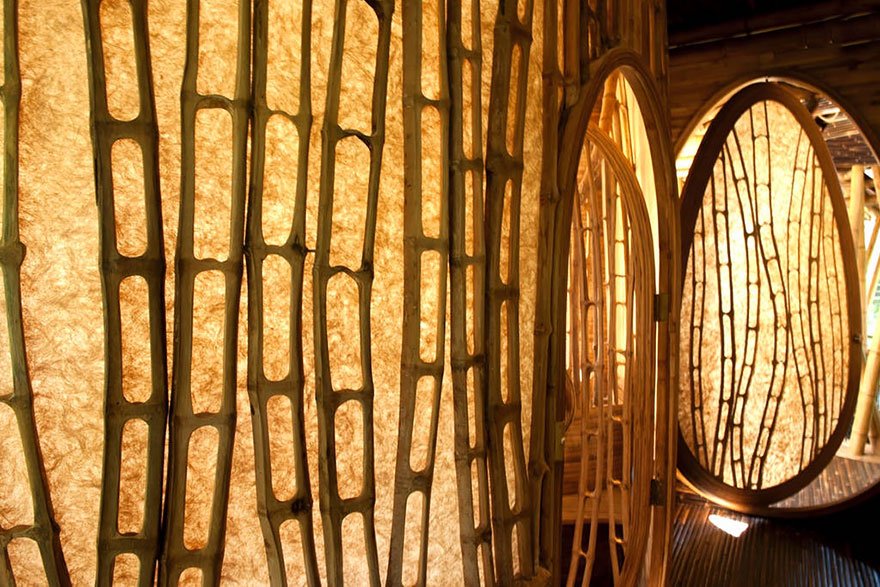
It is my belief that anyone should be able to take guided and educated steps towards building their own house but not have to be bogged down by useless "safety codes". Architectural code can be as imposing as the many insurances we sell for the "protection of our citizens". I am not going to build a house which is structurally unsafe, but If I choose to use a different fireproofing method, i shouldn't be prevented from taking control over my own decisions.
Let us build to begin with.
Perhaps the biggest issue I see happening in our modern landscape is the inability for anyone to build on their own dime, even on land they have "bought". As human beings, we have been building our own dwellings for thousands of years. Architecture was born of necessity, and people have always found a way to build and rebuild when necessary. But architectural code has shifted the power away from people and given it to the large unseen corporations that control the way we build, strictly for profit.
When people were homeless a thousand years ago, they built their own home. When people are homeless in my city, the code will not allow it. I can't even build for them if I wanted to.
There are many places in the world which exemplify the potential of human beings to build their own dwellings. I like to call these "slums" architecturally anarchist societies, where buildings are not regulated by the government but produced entirely by the community. Often times these houses will just as long as any code compliant building in Los Angeles. In previous writings I have mentioned such places, but plan on researching similar developments at a deeper level. These case studies will help build the argument that architecture can exist without government.
The end goal.
To me, anarchist architecture is simply about bringing back power to individuals and communities as the primary builders and planners of their environments. This is definitely not to say that sound building practices should not be promoted. Structural knowledge is something learned by other individuals who can then pass that information to others, nurturing a more knowledgeable community.
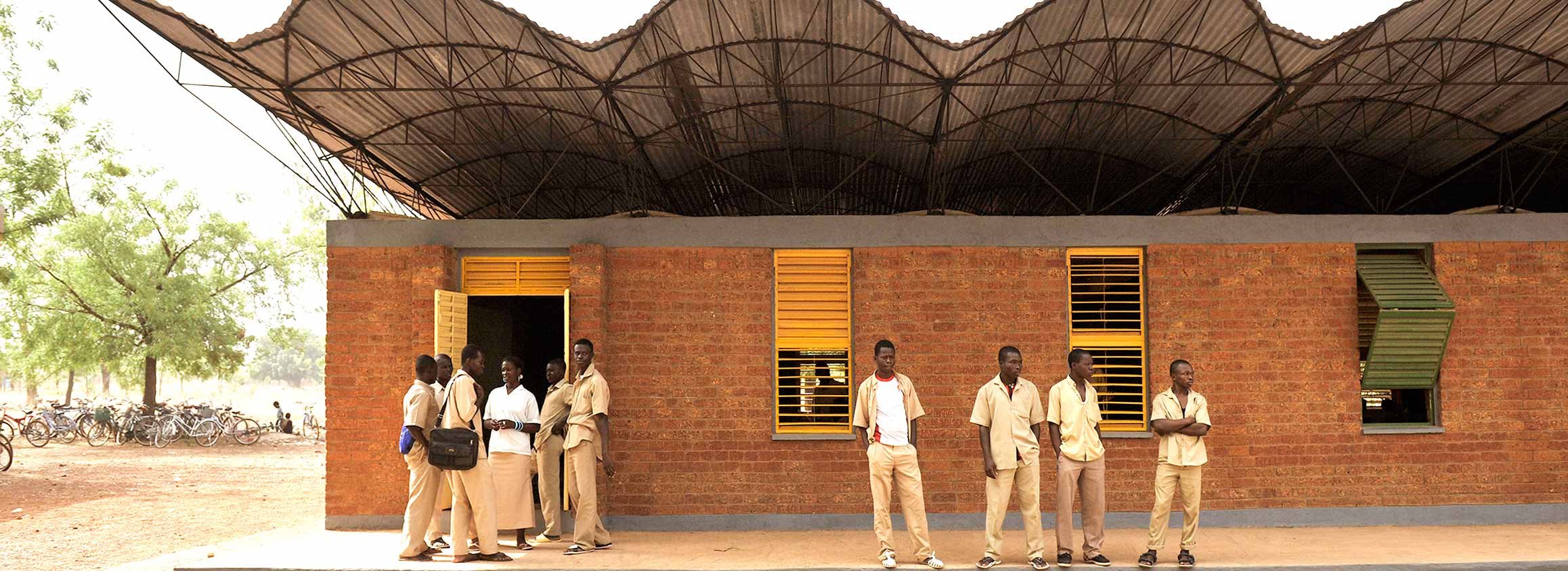
The greatest example I have seen of this so far is practiced by African architect Francis Kere. Not only did he design the first proper school in Burkina Faso, but he built it side to side with the village members, teaching them how to build using their own local materials. They produced their own brick and learned how to grow their own vegetables as well. The project was so successful, that the village continued using his methods to continue building cheap, beautiful architecture in the absence of code.
